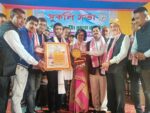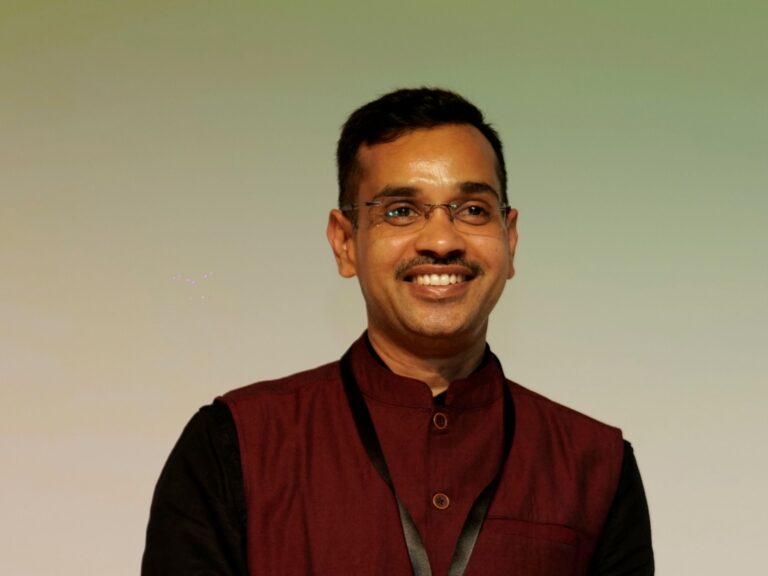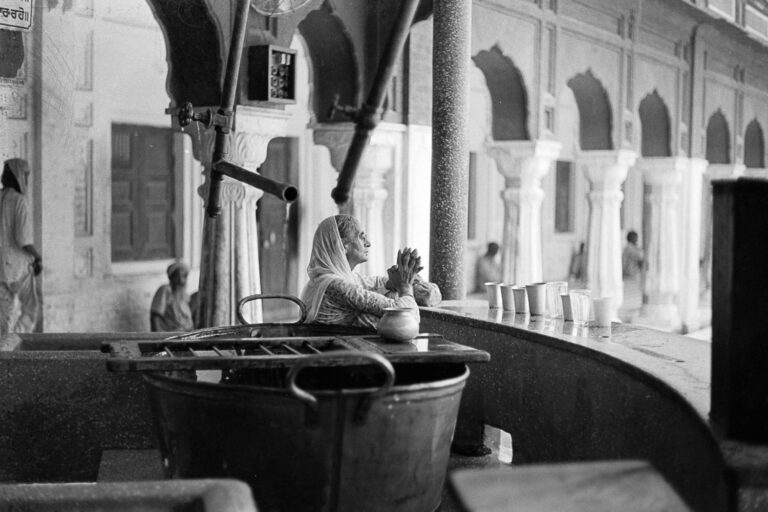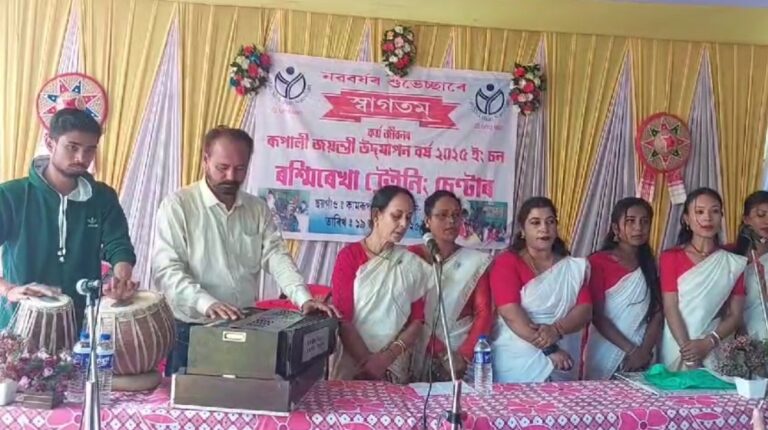GUWAHATI, 21st December 2023: Researchers at the Indian Institute of Technology Guwahati (IIT Guwahati) led by Prof. Arup Kr Sarma, Department of Civil Engineering, IIT Guwahati, in collaboration with the Brahmaputra Board, Ministry of Jal Shakti, Government of India, have developed an indigenous river model BRAHMA-2D (Braided River Aid: Hydro-Morphological Analyzer). This comprehensive mathematical model can help to understand flow of large braided rivers like Brahmaputra, providing valuable insights to field engineers to design sustainable hydraulic structures like Spurs, Revetment and other river bank protection measures.
Predicting river flow variations across depth is crucial for flood and erosion control, agriculture and water supply intake design, and zero head energy production. Traditional measurement methods of flow velocity in deep, large rivers during high monsoons is risky and extremely difficult, prompting the use of mathematical models. However, existing models provide only average velocity, underestimating undercurrents at different depths. In braided rivers, the presence of sandbars further complicates accurate three-dimensional velocity computation.
Speaking about the BRAHMA-2D model, Prof Arup Kr Sarma, Department of Civil Engineering, IIT Guwahati, said,” Our mathematical model combines highly complex mathematical modelling with challenging field-based research on large braided rivers. With this quasi-3D river flow model, we can understand how fast the water moves at different depths inside a river and its circulation around a structure like a spur installed for prevent river bank erosion.”
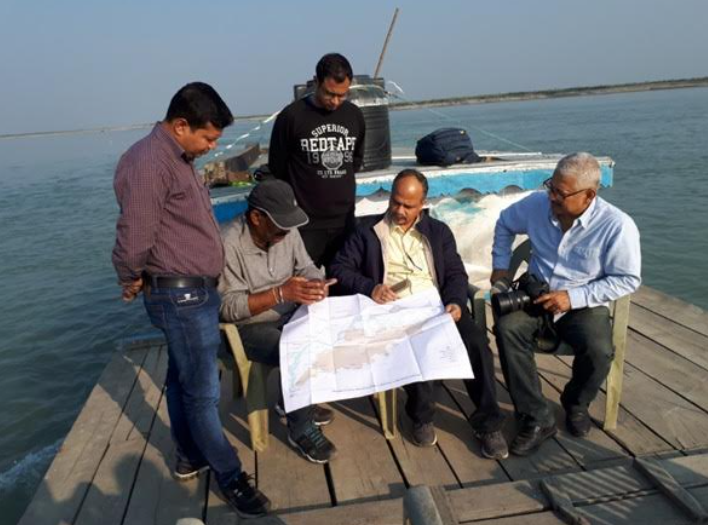
BRAHMA-2D integrates a two-dimensional model of water movement with a theory about entropy, a measure of disorder or randomness. The research also delves into how features like river banks, spurs, and sandbars affect the way water moves. Specifically, it observes a dip phenomenon near spurs where the flow of water underneath increases, a phenomenon absent in points away from these structures.
The novel findings were published in the ISH Journal of Hydraulic Engineering, earning the paper the prestigious ‘ISH Jal Vigyan Puraskar’ (Best Paper in ISH Journal) 2023. The award ceremony took place on 21st December 2023 at the Hydro-2023 conference hosted at NIT, Warangal. The paper has been co-authored by Prof Arup Kr Sarma and his former research scholar Dr Anupal Barua.
The model was successfully validated on the Brahmaputra River near Majuli Island, the second largest freshwater river Island in the world, prone to river bank erosion.
Dr Anupal Baruah, at present working as post-doctoral fellow at the University of Alabama, USA, highlighted the model’s successful application with the river survey data, using GPS Echo-Sounder for depth and Acoustic Doppler Current Profiler, along with current meters for velocity measurement. He emphasized, “During my research at IIT Guwahati field measurements near the spurs revealed a strong agreement with our model results. This breakthrough can now be applied to compute the vertical velocity profile at any desired location.”
Ongoing research at IIT Guwahati continues to evolve the BRAHMA-2D model extending its application to estimate velocity changes for different vegetation types and assess the impact of structures like porcupines on flow velocity. The versatile model has further helped to design bioengineering methods for controlling river bank erosion. It has also been applied to understand habitat suitability of aquatic species, especially endangered species, based on the availability of required depth and flow velocity.





